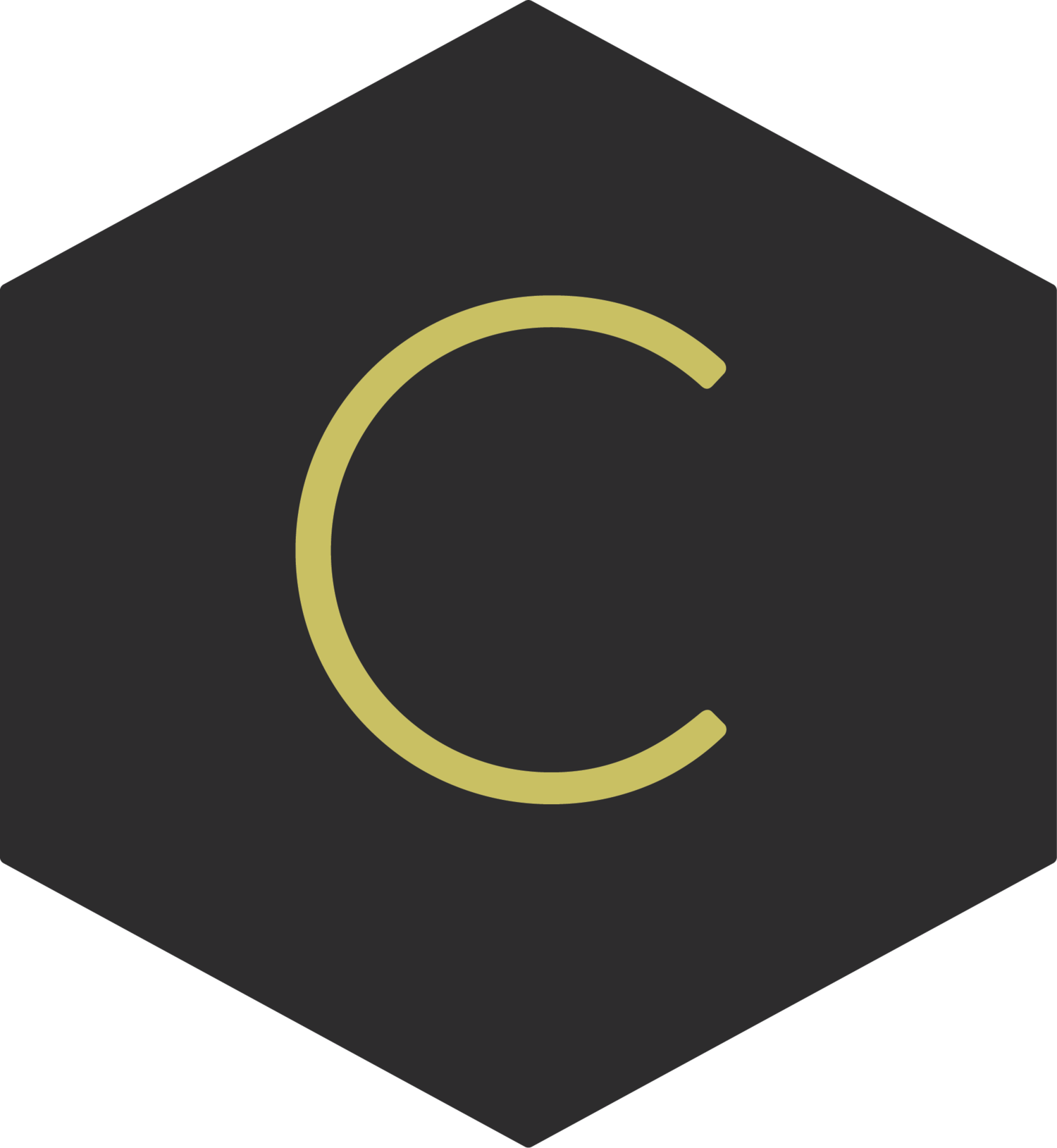Mood Boards: Setting a Design Direction
Early in the branding process, we create a mood board for our client to review. It helps all of us (the client AND Curious) to make sure we’re speaking the same visual language. I recently mentioned these mood boards to my friend and business mentor, and he asked for more clarification about how we make them and how we use them. His questions got me thinking – maybe others would also benefit from knowing why and how we use them in our design process. Please read on to get answers to those questions!
Before we ever open a sketch book or double-click the mouse, we talk to our client about their business – what it is, what they want it to be, what services they provide, what products they make, who their customers are, and so much more. This Discovery phase requires work from our client, as well as us. Once we have answers to those questions, we can start gathering visual inspiration.
If our client wants to convey that her business is Luxurious, Calm, and Welcoming, we might gather images like these:
Image sources: Datura, Better Homes and Gardens Magazine, Houzz
Perhaps that same client also aims to project a Chic, Timeless, Natural style to Affluent clientele. We might add the following images to the collection:
Image sources: Walker Zanger, Le Jardin de Claire, OEN
You can start to see a cohesive style emerging in these images. (Spoiler alert: these examples are from a real branding project.) After a few more conversations with the client, we land on a collection that looks like this:
Image sources: Restoration Hardware, sisasola, OEN, Lidewij Edelkoort, Lark, Houzz, Jen Wagner, Hoffman Woodward, Carla Aston, Mauricio Affonso, Datura, Le Jardin de Claire
Armed with a client-approved mood board, we dive into design, knowing that we are all using the same visual language and inspiration to bring the brand to life. Having this reference is very helpful. In fact, this specific mood board served as a good reminder during the project that, while the neutrals were great and on-target, we hadn’t utilized the blue enough. Our client was able to reference the mood board and we quickly adjusted the color palette.
The final logo mark utilizes brush strokes and a simple sans serif typeface. Creating the mark in all one color helps to maintain the Calm, Timeless vibe the client wants to convey. The brand pattern, used as an accent on the website and other marketing materials, is a simple way to bring in the additional colors and texture. Visit the website to see how it all works together.
We’re happy to answer any questions you have about our mood boards, design process, or what you can expect when working with Curious & Co. Creative.
. . .
Please note that all images were found via Pinterest and we’ve done our very best to credit the original source. If there is an error or omission, please let us know.




